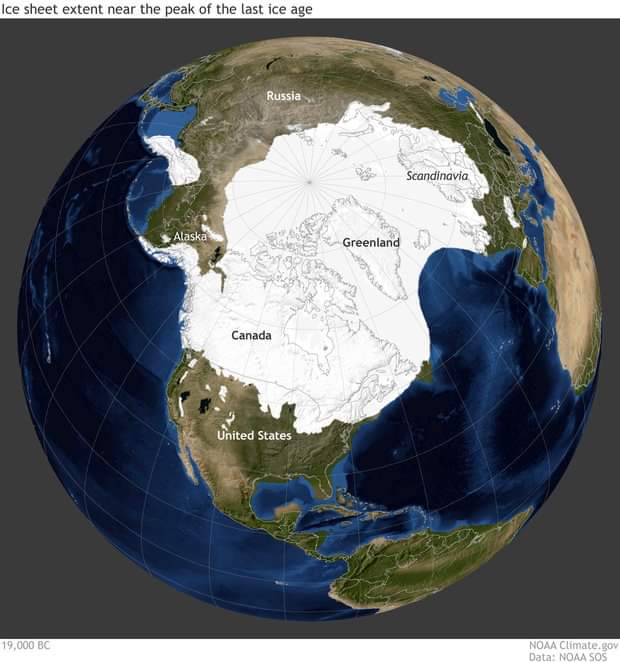Education in Pakistan
is divided into five levels: primary (grades one to five), middle (grades six to eight), secondary (grades nine and ten, give the High School Certificate), intermediate (grades eleven and twelve, from which comes out with Senior High School Certificate), and college programs leading to advanced degrees and degrees.
Pakistan also has a parallel secondary system of school education in private schools, which is based on the established curriculum administered by the Cambridge international exams, rather than government exams. Some students decide to take the O level and A level exams, through the British consulate. There are currently 730 vocational and technical training institutions in Pakistan.
The minimum requirements to enter male vocational training institutions are: Completing grade 8. Programs are generally two to three years in length. The minimum qualifications to enter female vocational training institutions are: Completion of grade 5. All academic education institutions are the responsibility of the Provincial Governments. The Federal Government above all helps with curriculum development, accreditation and the financial part of research.
All institutions of academic education are the responsibility of the Provincial Governments.
The Federal Government above all helps with curriculum development, accreditation and the financial part of research. All institutions of academic education are the responsibility of the Provincial Governments.
The Federal Government above all helps with curriculum development, accreditation and the financial part of research.
The English language at its middle level of education will gradually be extended to all schools throughout the country. Through various educational reforms, by 2015, the Ministry of Education expects to reach 100% enrollment levels among children of primary school age, and a literacy rate of 86% among children older than 10 years.

.jpeg)
.jpeg)
.jpeg)






